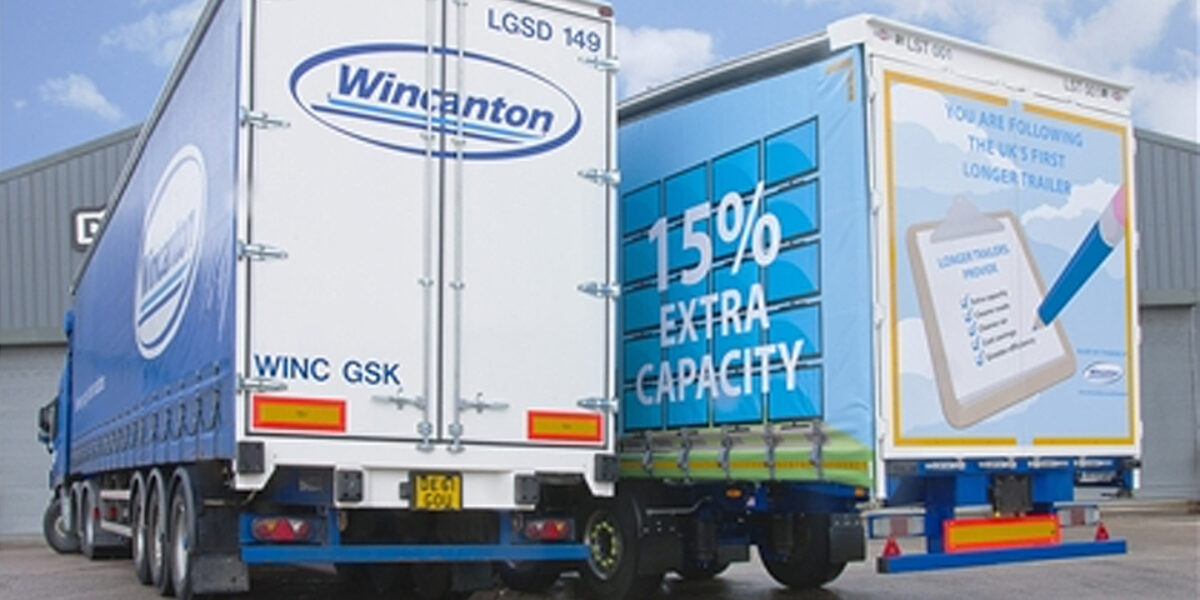Longer lorries
Britain's roads and environment to benefit from bigger lorries according to trials
Lorries are getting longer, but not heavier.
The Government will legally allow longer lorries on British roads from May 31. It enables operators will be able to use longer semi-trailer (LST) combinations up to 18.55 metres. This will be an increase of 2.05 metres over the current standard size.
Years in the making
The move comes after an 11 year trial. This assessed their safety on Britain’s roads, and also found they are not likely to cause extra damage. It will enable operators to move the same volume of goods using 8% fewer journeys than current trailers. It is expected to generate £1.4 billion in economic benefits, taking one standard-size trailer off the road every 12 trips.
LSTs were also involved in around 61% fewer personal injury collisions than conventional lorries.
A successful recipe
Greggs has been fully involved with the trials. They believe it has helped them achieve a 15% uptick in its regular national deliveries.
“We saw a significant efficiency benefits from the additional 15% capacity,” explained Gavin Kirk, supply chain director at Greggs.
“We’ve converted 20% of our trailer fleet to LSTs, which was the maximum allowable under the trial.
“Our drivers undertook additional training to use these trailers and we have monitored accidents, finding that they are as safe as our standard fleet.
“Due to the increased capacity, we have reduced our annual km travelled by 540,000, and saved 410 tonnes of carbon per year from LSTs”.
Roads minister Richard Holden says that a “strong, resilient supply chain” is key to the Government’s efforts to grow the economy.
“These new vehicles will provide an almost £1.4bn boost to the haulage industry, reduce congestion, lower emissions and enhance the safety of UK roads.”
The waistline
Vehicles which use LSTs will be subject to the same 44 tonne weight limit as standard trailers. They are expected to cause less wear on the roads due to the type of steering axle used.
Operators will also be legally required to ensure appropriate route plans and risk assessments are made. it is believed most of the journeys will be using the motorway and strategic road network, rather than smaller urban and rural roads.
Extra safety checks will also be required. These include driver training and scheduling, record keeping, training for transport managers and key staff, and loading of LSTs.
A good work-out
More than 300 companies in the UK have already taken part in the trial, with almost 3,000 LSTs on the road.
Results revealed important environmental benefits. These include a reduction of 70,000 tonnes of CO2 and 97 tonnes of NOx over the trial.
The average CO2 reduction across the lifetime of the trial is similar to the amount of CO2 captured by roughly 11,600 acres of forest per year.
Savings in NOx emissions averages the entire annual NOx emissions of around 2,000 diesel cars per year.
According to the Department for Transport (DfT), this is an important, easy and affordable measure to reduce CO2 emissions from the haulage industry. It is achievable without significant technological and infrastructure development too.





